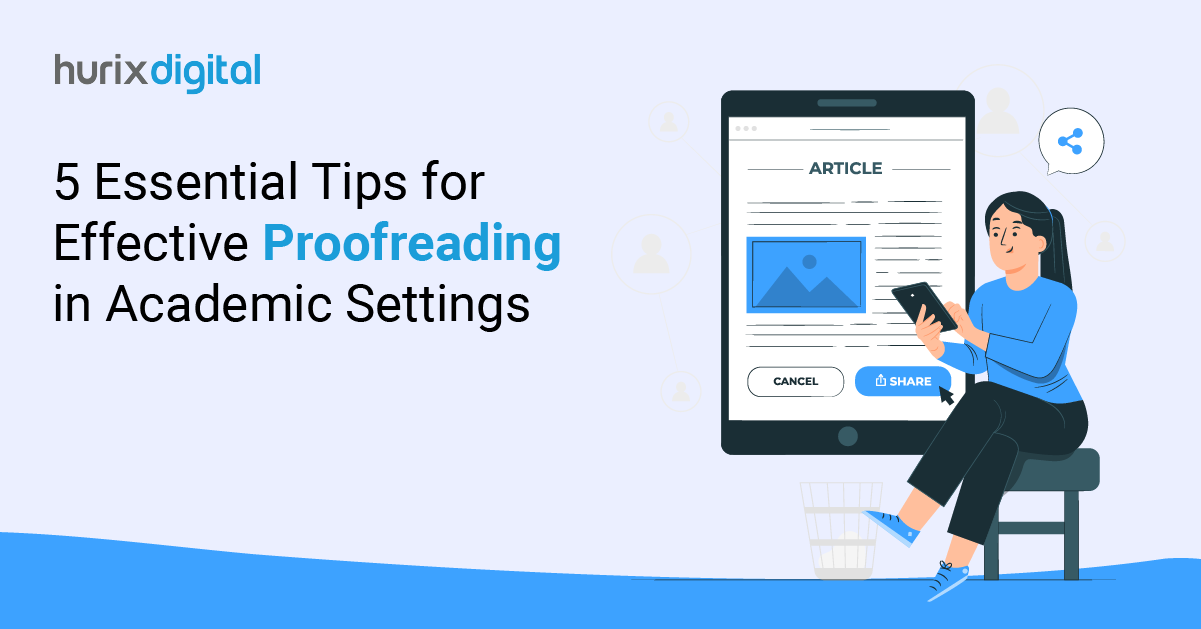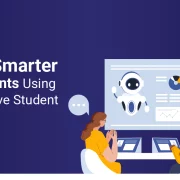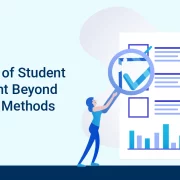How Do Publishers Benefit From Fixed-Layout ePUB Conversion? Top 10 Advantages
In the last few years, the rapid popularity of eBooks has given authors and publishers an excellent opportunity to offer their work to a broader audience in the simplest way. However, it also made them think about streamlining the various aspects of their eBook production, the format being the most important.
Typically, publishers and authors can choose one of the two main layouts –
- Reflowable layout
- Fixed layout
While the reflowable layout approaches the content as floating text and images arranged as per the screen size, the fixed layout format involves a predetermined image and text placement similar to PDF files.
Although the formats have their benefits and limitations, a fixed-layout format is a preferred choice for eBooks nowadays, as it enables publishers to create more engaging content with an image-rich outlook and a comprehensive design.
What is Fixed-Layout ePUB Conversion?
In the digital publishing domain, certain eBooks require a precise and consistent layout and pagination. These are mainly books that rely heavily on large illustrations, design elements, and photos.
This means that the reader cannot alter certain components, including fonts, line spacing, line margin, or text sizes of any page in the fixed layout eBooks.
Further, based on the target audience and the devices on which the content can be displayed, different eBooks have different formats, and one of these is the ePUB format. Put simply, a fixed-layout ePUB is a file whose layout readers cannot change.
How do publishers benefit from fixed-layout ePUB conversion?
ePUB is the most favoured eBook format in the publishing industry. Almost every popular e-reader, including KITABOO, Kobo eReader, iBooks, Barnes & Noble, and Sony Reader support the format.
Being a popular format for graphically illustrated eBooks, the fixed-layout ePUB conversion is majorly preferred for cookbooks, children’s books, academic publications, travel guides, and textbooks.
Among the various advantages that the fixed layout eBook conversion offers to the publishers include-
1. Complete control for publishers
In the case of a fixed layout, the author/publisher has complete control over how their eBook is displayed on the screen. Right from images to audio narration interlinked with texts, they can control various aspects of the eBook.
To accurately control the layout of the images, text, and other items on the pages, the fixed layout ePub format takes advantage of pixel-specific page size, in contrast to the standard ePub format.
2. Zoom-in view
Conventional ePUB readers enable the users to expand the font size to get clear visibility, but they don’t enable the pictures or images to be zoomed in for superior browsing.
Fixed-layout ePUB conversion, on the contrary, gives you the benefit of zooming, which allows readers to focus on the images they would like to see and can look for specific information. The zooming option of these fixed layout ePub conversion services also makes it simpler for the reader to notice the detailed pictures.
3. Easy search options
Fixed layout ePUB conversion allows for easy searching of particular information or a piece of text, along with choosing the text sizes and embedding the required fonts.
4. Content independence
Content independence is another key benefit of fixed layout ePUB conversion as this format is varied across different software and devices. What this means is that the designers have to specialize in one or two devices and software, thus boosting the overall content quality in the long run.
5. Use of CSS and JavaScript
Fixed layout format uses CSS and JavaScript to add features like animations for elements such as games, quizzes, multiple-choice questions, and other interactivities. This is to ensure that your content becomes much more interactive and appealing to the readers.
6. Allows embedded text & images
The format allows publishers to incorporate embedded text or image descriptions to make illustrations and charts more accessible to readers and read-aloud listeners.
There are multiple other features that ePUB offers, including –
- Thumbnail navigation, bookmark, and dictionary linking
- Incorporation of audio, video, and text to speech feature
- Allows multi-column text pages with semantic structuring for better accessibility
7. Enhanced reading experience
Fixed-layout ePUB conversion allows you to enhance the overall reading experience, especially when images are involved.
Often, the text or images do not flow properly across e-readers, leading them to stretch out or appear out of place. Using the fixed layout ePub conversion feature, publishers can ensure that both images and text stay in place, similar to printed books, thus offering a great reading experience.
8. Add cross-references
With fixed layout ePUB conversion, you can add cross-references, footnotes, annotations, and links to external websites to your content.
Further, it also allows you to use SVG images that dynamically resize to retain their definition and clarity.
9. Maintains the alignment of text and images
Fixed layout ePUB conversion is a great tool for publishers as it allows them to maintain the alignment of text and images to derive meaning from the content.
Unlike the reflowable layout, which helps the content automatically adjust to the screen size being used, impacting the page’s design, fixed-layout ensures that the images properly align with the associated text.
Publishers should consider fixed-layout eBook conversion when it’s important to maintain a design that has text going over images, or they want their book to be viewed in aspect ratios. With a fixed layout, they get to preserve the printed format of the eBook, which may comprise highly complex graphical elements.
Overall, fixed layout ePUB conversion is a great tool that can allow publishers to make multiple enhancements to their eBooks, including animations, text highlights, read-aloud features, or interactivity, making it much more engaging for the readers.
Need to know more about our Products & Services? Drop us a note at marketing@hurix.com






